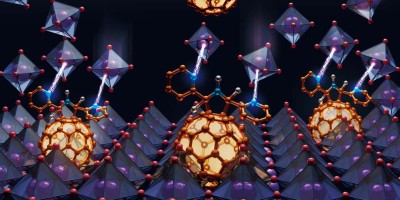By using light to assist the recording process, hard disk drive capacity could potentially be increased by two orders of magnitude. The idea is to heat the magnetic medium locally, thus temporarily lowering its resistance to magnetic polarization.

References
Mcdaniel, T. W. J. Phys. Condens. Matter. 17, R315 (2005).
Challener, W. A. Nature Photon. 3, 220–224 (2009).
Stockman, M. I. Phys. Rev. Lett. 93, 137404 (2004).
Zhang, X. & Liu, Z. Nature Mater. 7, 435–441 (2008).
Conway, J. A. Efficient Optical Coupling to the Nanoscale. PhD thesis, Univ. California, Los Angeles (2006).
Srituravanich, W. et al. Nature Nanotech. 3, 733 (2008).
Kryder, M. H. et al. Proc. IEEE 96, 1810 (2008).
Author information
Authors and Affiliations
Rights and permissions
About this article
Cite this article
Pan, L., Bogy, D. Heat-assisted magnetic recording. Nature Photon 3, 189–190 (2009). https://doi.org/10.1038/nphoton.2009.40
Issue Date:
DOI: https://doi.org/10.1038/nphoton.2009.40
- Springer Nature Limited
This article is cited by
-
A Numerical Simulation of PFPE Lubricant Kinetics in HAMR Air Bearing
Tribology Letters (2024)
-
Simulations of magnetization reversal in FM/AFM bilayers with THz frequency pulses
Scientific Reports (2023)
-
Giant field enhancement in high-index dielectric subwavelength particles
Scientific Reports (2017)
-
Plasmonic efficiencies of nanoparticles made of metal nitrides (TiN, ZrN) compared with gold
Scientific Reports (2016)
-
Understanding the Role of Nitrogen in Plasma-Assisted Surface Modification of Magnetic Recording Media with and without Ultrathin Carbon Overcoats
Scientific Reports (2015)


